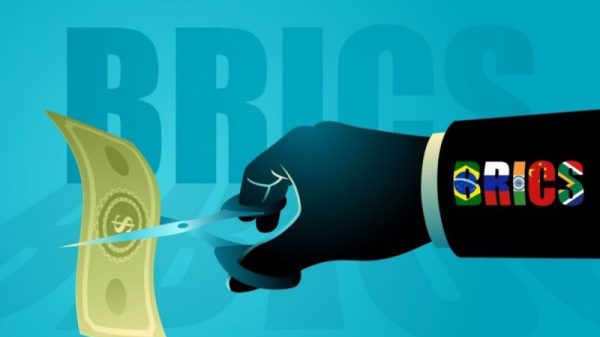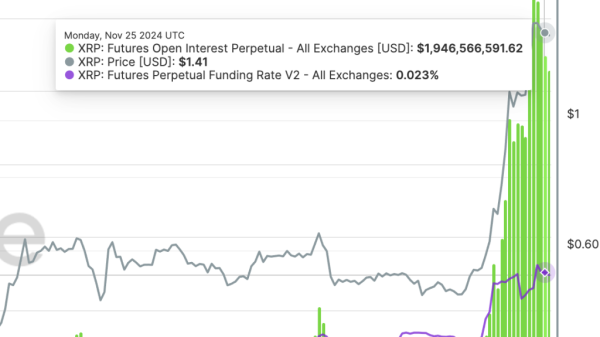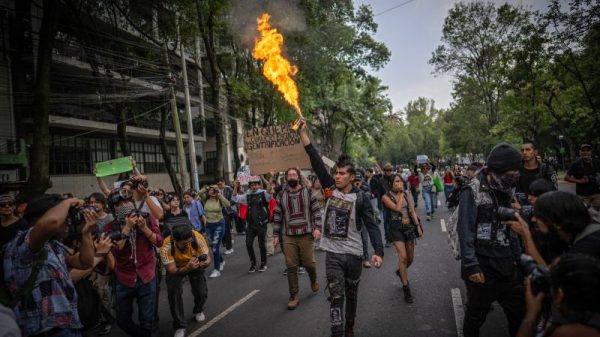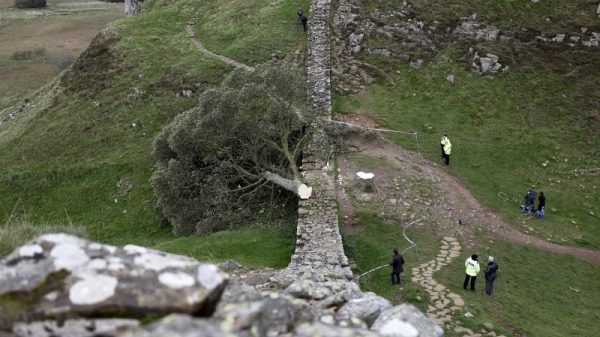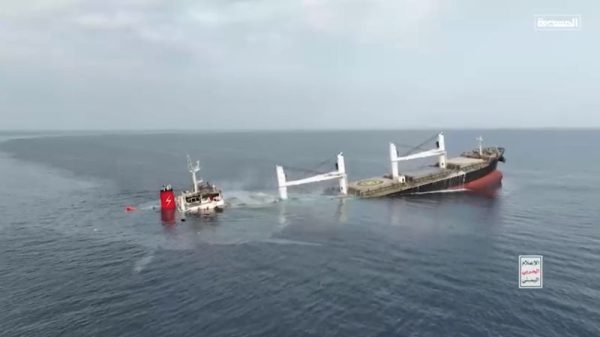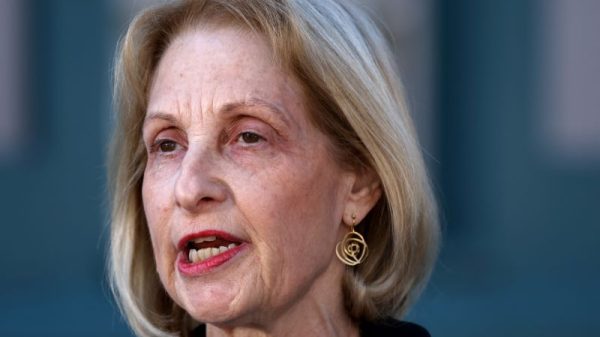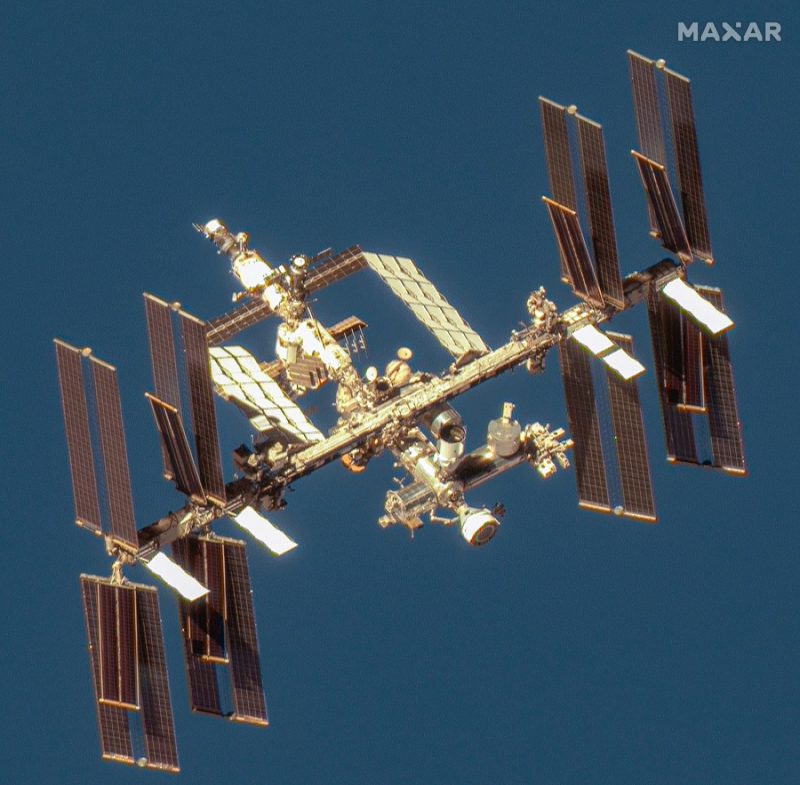As we delve into exploring the cosmos, NASA’s partnership with Boeing on the development of the spacecraft Starliner marks a significant milestone. Originally scheduled for a crewed flight test in 2020, the Starliner has hit a series of delays pushing its return to Earth till August 2021, at the earliest.
In December 2019, Starliner made its first uncrewed flight to the International Space Station (ISS). The flight, titled Orbital Flight Test (OFT), fell short of expectations as a timing anomaly impeded the spacecraft’s rendezvous with the ISS. A software problem prompted the spacecraft to burn more fuel than required, forcing an early return.
Starliner was expected to conduct its second uncrewed flight test, Orbital Flight Test-2 (OFT-2), in March 2021. However, multiple technical issues led to further delay. Significant among these were issues with the spacecraft’s hardware, specifically the avionics boxes. In addition to 13 specific corrective actions intended to address the problems from Starliner’s first flight, these hardware problems put the OFT-2 flight on hold until May 2021.
However, by late April, it was evident that the May 2021 timeline was not just optimistic but unrealistic. As confirmed by Kathryn Lueders, NASA’s head of human spaceflight, the liftoff has been postponed until at least August 2021. This decision enables NASA and Boeing to thoroughly review all elements of software testing, ensuring mission success and crew safety.
Boeing, best known as an aerospace giant, ventured into the capsule spacecraft market with Starliner. The reusable capsule is intended to ferry astronauts to and from the ISS. The program was developed through NASA’s commercial crew program, which also includes SpaceX’s Dragon spacecraft. Together, these programs signal a new epoch for American space travel, where NASA has increased reliance on private companies to operate low-Earth orbit missions.
In preparation for a flawless flight, Boeing has adopted a ‘rigorous’ software scrub after the OFT debacle. It is determined to fix the software errors that led to the previous failure and deliver a successful Starliner flight. The OFT-2 mission, when it does launch, will carry cargo and crew test dummy Rosie to the ISS.
NASA appears ready to give Boeing the time it needs to ensure the Starliner is entirely ready for flight. The extended delay until August 2021 allows both NASA and Boeing to evaluate findings on software and hardware tests further. Moreover, this decision reflects NASA’s underlying principle – safety over timetable.
Once successfully launched, the Starliner will take giant leaps marking America’s stronger presence in space travel. The path may be filled with unprecedented challenges, but Boeing’s commitment to ‘fly when ready’ shows its preparedness to address all issues before embarking on this out-of-this-world voyage.



